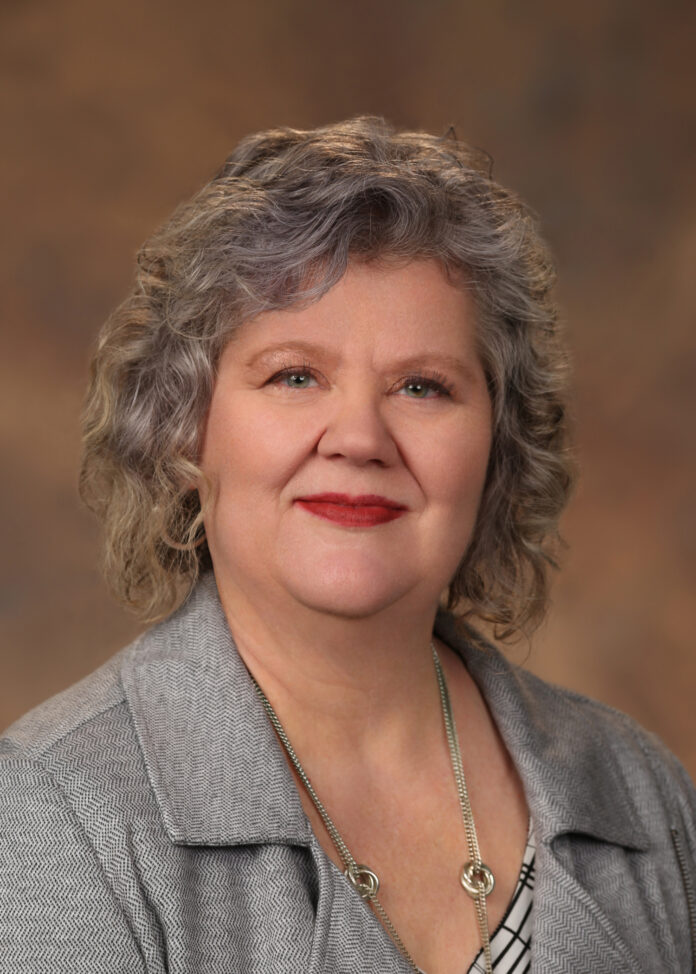
By Carol A. Cates, MSN, MBA, RN
Chief Nursing Officer
Odessa Regional Medical Center
I absolutely love the Holiday Season. The time with friends and family, being able to cook outrageous meals and desserts, the attitude of gratitude that tends to take over, especially at Thanksgiving, the good will towards all that seems to permeate all religions and cultures during this time, and the hope for a better year to come. They are attitudes that we don’t see very much in the rest of the year, unfortunately. But along with the positives, there are also some real negatives that seem to go along with the holiday season. An increase in motor vehicle collisions and fatalities, and an increase in violent death, particularly suicide. Next week I am going to talk about motor vehicle safety. This week, I am going to talk about suicide.
Suicide is a very real problem in the United States, and its also an increasing problem. Suicide rates between 2000 and 2018 increased by 30%. 45,979 people died of suicide in 2020. That works out to 1 death in the U.S. every 11 minutes. The Centers for Disease Control and Prevention (CDC) estimates that 12.2 million people seriously consider suicide, 3.2 million people develop a suicide plan, and 1.2 million people attempt suicide each year. Suicide is in the top 9 leading causes of death for all ages, but in those 10-14 and 25-34 it is the number two cause of death. Beyond age, other groups that have an increased risk for suicide are non-Hispanic Native American/Native Alaskan and non-Hispanic whites, veterans, people who live in rural areas, and construction and mining workers. Young people who identify as lesbian, gay, or bisexual also have higher rates of suicidal thoughts and behavior. Experts believe suicide goes up during the Holiday Season because people feel particularly isolated and alone when their circumstance doesn’t match what the Holiday Season is “supposed to be.”
Suicide and suicide attempts cause huge emotional and physical costs to individuals and to their loved ones. People who survive a suicide attempt can have injuries that cause them life-long consequences. They also tend to have struggles with depression and other mental health concerns in the long-term. Loved ones of those that die by suicide or have suicide attempts often experience shock, anger, guilt, depression, anxiety and even thoughts of suicide themselves. I know this very well from experience. One of my brothers-in-law committed suicide in 2006. My husband and his siblings struggle with the emotional wreckage his suicide caused even after all this time. The financial toll off suicide is also quite large. In 2019, the CDC estimates, suicide cost $490 billion in medical cost, lost work costs, life loss, and quality of life losses.
There is some good news, however. 90% of those who attempt suicide and seek treatment don’t go on to die by suicide later. The best news is suicide is preventable. We can do that as individuals and a community in several ways by strengthening economic support, creating protective support systems, improving access to mental health care, by promoting healthy connections and support systems, by teaching coping skins, by identifying people at risk, and by lessening harm and preventing future suicide risk.
The CDC has more information on their suicide prevention page at: tinyurl.com/2cynh5v5. You can also find out more about behaviors/circumstances that put people at risk for suicide at: tinyurl.com/2s3j2vdz so you can help someone who is at risk in your life.
There has also been a recent change to the National Suicide Hotline Number in hopes that by making the number easier to remember, people in crisis will be more likely to reach out for help. That number is 988. You can dial or text that number from any phone in the U.S. and immediately reach a person trained to help someone work through a crisis and seek resources. There is also a chat resource at: 988lifeline.org. I know suicide among our loved ones is not something most of us want to think about, much less talk about, but prevention does mean talking about suicide, especially with those at risk. Teach your loved ones about 988, because while they may not need that number, they might know someone who does. If you are thinking about suicide, please reach out to 988, your primary healthcare provider, Texas Mental Health and Mental Retardation (MHMR), go to an emergency room, or call 911. All those people and places want to support you as you are having thoughts of suicide, please reach out to them.



